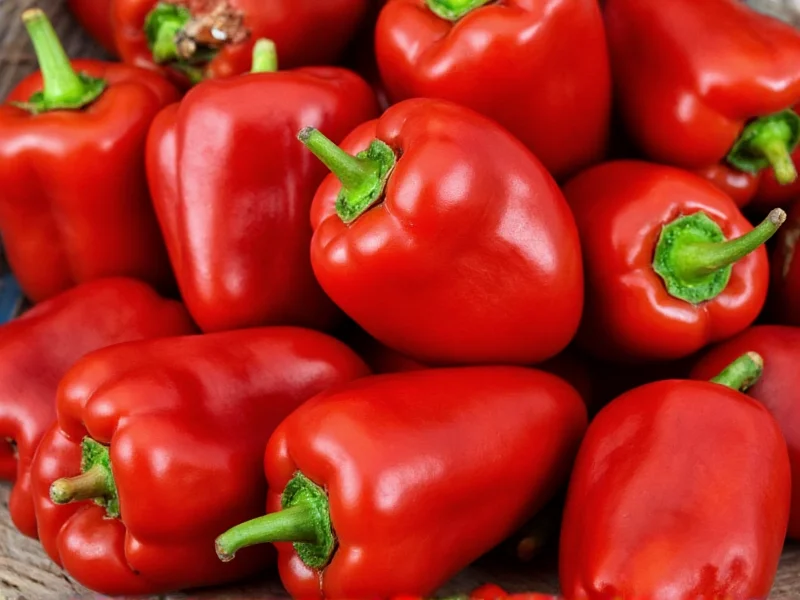Adobo peppers aren't actually a specific pepper variety. The term refers to chipotle peppers (smoked jalapeños) preserved in adobo sauce, which typically measures 2,500-8,000 Scoville heat units. This places them in the medium-heat category—similar to fresh jalapeños but with a distinctive smoky flavor profile that many find more complex than overwhelming.
When people ask are adobo peppers hot, they're usually referring to the chipotle peppers submerged in that rich, reddish adobo sauce found in cans at grocery stores. Understanding this distinction is crucial because adobo itself describes a preparation method or sauce, not a specific pepper variety. The heat primarily comes from the chipotle peppers, which are jalapeños that have been smoke-dried and rehydrated.
What Exactly Are Adobo Peppers?
The confusion around are adobo peppers hot often stems from terminology. What we commonly call "adobo peppers" are actually chipotle peppers in adobo sauce. Authentic adobo is a Latin American and Filipino cooking technique involving vinegar-based marinades, but in the American grocery context, it refers specifically to the tomato-based sauce containing chipotle peppers.
Each can typically contains:
- Reconstituted chipotle peppers (the primary heat source)
- Tomato puree or paste
- Vinegar (for preservation and tang)
- Garlic, onion, and spices (cumin, oregano)
- Sugar (to balance acidity)
Measuring the Heat: Scoville Scale Explained
To properly address are chipotle peppers in adobo hot, we need to examine their position on the Scoville scale, which measures capsaicin concentration:
| Pepper Type | Scoville Heat Units | Heat Comparison |
|---|---|---|
| Chipotle in Adobo | 2,500-8,000 SHU | Moderate heat with smoky depth |
| Raw Jalapeño | 2,500-8,000 SHU | Similar base heat, less complex |
| Serrano | 10,000-23,000 SHU | Significantly hotter |
| Habanero | 100,000-350,000 SHU | Extremely hot |
The smoking process that creates chipotles doesn't increase heat—it transforms the jalapeño's flavor profile while maintaining similar Scoville ratings. The adobo sauce itself contains minimal heat, as the primary capsaicin resides in the pepper's placenta and seeds.
Factors That Influence Adobo Pepper Heat
Several variables affect how hot your adobo sauce spiciness level might be:
- Pepper maturity: Fully ripe red jalapeños used for chipotles tend to be hotter than green ones
- Seed and membrane content: Most heat concentrates here—removing these reduces spiciness significantly
- Brand variations: Commercial preparations differ in pepper-to-sauce ratios
- Processing methods: Some brands add extra spices that create perceived heat
Practical Heat Management Tips
Understanding how hot are adobo peppers compared to jalapeno helps in recipe planning. While their base heat is similar, the smokiness of chipotles in adobo creates a different sensory experience. Here's how to manage the heat:
- Start small: Begin with 1-2 peppers per recipe, then adjust
- Rinse peppers: Briefly washing removes surface sauce that contains some capsaicin
- Remove seeds: Discard the inner membranes where most heat resides
- Balance flavors: Add acid (lime juice) or sweetness (honey) to counteract heat
- Pair with dairy: Serve with yogurt or sour cream to neutralize capsaicin
Culinary Applications and Heat Considerations
The moderate heat level of chipotle peppers in adobo makes them incredibly versatile. Unlike extremely hot peppers that dominate a dish, what gives adobo sauce its heat works in harmony with other flavors. Chefs appreciate how the smokiness complements the heat, creating depth rather than just burning sensation.
When substituting in recipes, remember that adobo peppers scoville scale rating means they'll provide noticeable warmth without overwhelming other ingredients. This makes them ideal for:
- Moist marinades (the oil helps distribute capsaicin evenly)
- Sauces and dressings (where heat integrates smoothly)
- Stews and braises (heat mellowing during long cooking)
- Mayo-based spreads (dairy counters the capsaicin)
Who Should Be Cautious With Adobo Peppers?
While not extremely hot, is adobo sauce too spicy for kids depends on individual tolerance. The moderate heat level generally makes it acceptable for most adults, but those with:
- Pepper sensitivity
- Acid reflux issues
- Recent gastrointestinal procedures
- Children under age 5
should either avoid or use minimal amounts. For families wondering mild alternatives to adobo peppers, consider roasted red peppers blended with a touch of smoked paprika to mimic the flavor without significant heat.
Final Considerations on Adobo Pepper Heat
The question are adobo peppers hot ultimately depends on your spice tolerance. For those accustomed to mild foods, they'll seem quite spicy. For heat enthusiasts, they provide pleasant warmth without overwhelming fire. The beauty of chipotle peppers in adobo lies in their adjustable heat—you control the intensity by how many peppers you use and whether you include the seeds.
When properly handled, these peppers deliver that sought-after balance of smoky depth and manageable heat that has made them a staple in pantries worldwide. Understanding their actual heat level helps cooks harness their flavor potential without unpleasant surprises.











 浙公网安备
33010002000092号
浙公网安备
33010002000092号 浙B2-20120091-4
浙B2-20120091-4